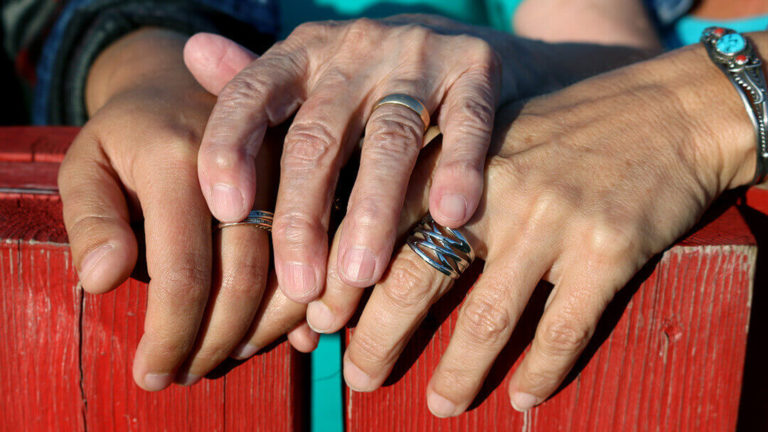Those in their 50s or 60s who might be thinking about retirement and the remaining years ahead of them shouldn’t forget to consider long-term needs. While some older Americans can get along fine without extra assistance, most older Americans will, however, eventually need assistance. From assistance with daily living activities such as shopping, cooking, cleaning, laundry, and paying the bills to medical needs and assisted living, a growing portion of the population will require extensive care as they age. And unfortunately, this need for help is also one of the greatest financial risks that people are facing as they age.
The financial unknown can be scary, especially to older adults. So in an effort to better anticipate the needs of the aging population, researchers have tried to calculate what proportion of them will require such extensive care. In a 2019 study by the Urban Institute (1), household survey data from 1995 to 2014 from the Health and Retirement Study was reviewed. The study determined that 70% of adults will need some type of assistance after age 65 and receive paid care, including paid home care, residential care (such as assisted living), nursing home care, and Medicaid-financed nursing home care. 24% of older adults are likely to receive more than two years of paid long-term services and support care, while only 15% will spend more than two years in a nursing home. While the risk of requiring paid care is high for all older adults, the study found that long-term service and support care is much more common among older adults with fewer financial resources than their wealthier counterparts.
With the majority of retirees at risk of needing care and support as they age, how many can actually afford it? The likelihood is slim, especially if you fall within a certain group. Data from a Boston College analysis (2) determined that 36% of people in their late 60s could not cover even a year of minimal care without becoming financially burdened. Even worse, 22% of older adults could cover severe needs, while only 10% have private long-term care insurance. There is also the fact that most seniors with severe long-term support needs will rely on family and unpaid caregivers, but even that can cost financially — and emotionally. Low-income people, who are more likely to need care, might qualify for Medicaid but cannot pay out of pocket in full. The same study found that people who attended college are in a better position to afford long-term care than those without high school diplomas. Black and Hispanic seniors, taking economic and health inequities into account, are more likely to develop moderate or severe needs, but may not be able to afford the necessary care. And married people are less likely to need extensive care than those who are single. But depending on the individual and group, these predictions can be reassuring or terrifying.
Though there’s only a chance that seniors may need long-term care, more of them will need care for a shorter time — which will still take money that they don’t necessarily have. State and national governments alike have attempted to address this issue, with mixed results. When the Affordable Care Act was passed in 2010, it contained a measure called the CLASS Act (3). This voluntary long-term care insurance program never actually came to be, with fears that costs would soon outstrip the premiums paid. An alternative to this would be a sustainable, mandatory public insurance program for long-term care. In this scenario, all Americans would have to contribute. But this is a large undertaking. However, in a smaller example, Washington became the first state to establish such a program (4). Beginning in 2022, employees will contribute 0.58% of their earnings or about $290 in annual premiums on a $50,000 salary. While it may seem modest, by 2025 participants are expected to receive up to $36,500 in benefits. This sort of safety net is just a start for older Americans; the Netherlands, Germany, and South Korea already provide programs similar to this.
But even with state-sponsored programs making headway, most American families are still responsible for the majority of eldercare. For many, a home health aide or assisted living proves to be costly. But our expert eldercare assistance at 1on1 Eldercare can help alleviate the pressure of paying for caregiving. With a dedicated team and host of resources, we make you and your loved one’s care our priority. From advising families on how to find and pay for long-term care to help them qualify for valuable benefits from programs like Medicare and Medi-Cal, our eldercare experts can help to ease the weight of caregiving. To learn how to pay for eldercare, download our free guide on how to pay for long-term care.
Footnotes
1) https://aspe.hhs.gov/reports/what-lifetime-risk-needing-receiving-long-term-services-supports-0
2) https://crr.bc.edu/briefs/what-resources-do-retirees-have-for-long-term-services-supports/
3) https://www.healthaffairs.org/do/10.1377/hpb20110512.840200/full/
4) https://wacaresfund.wa.gov/




